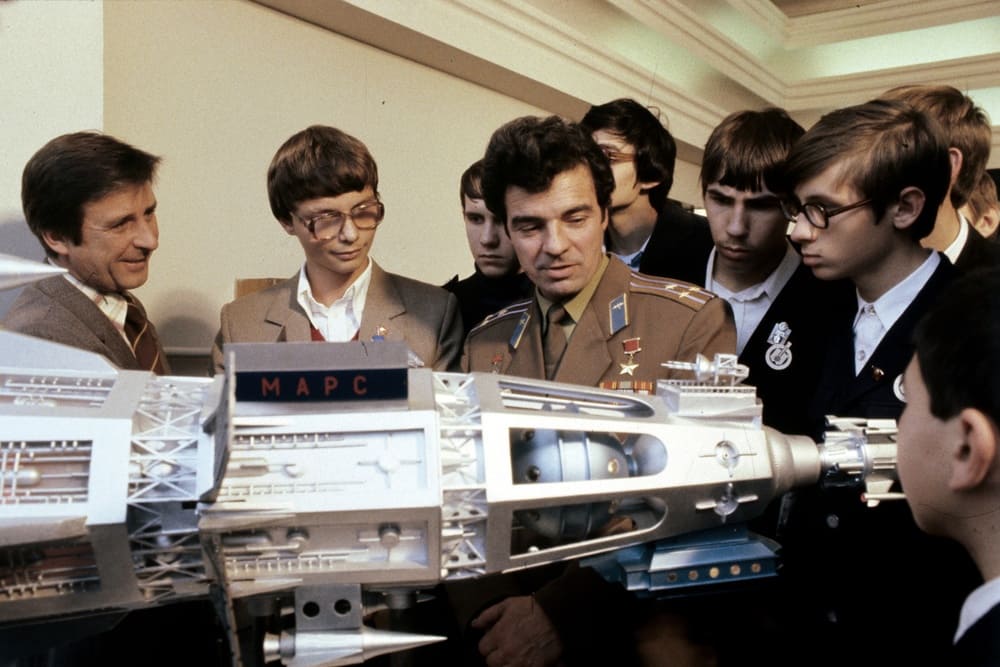Estimated reading time: 7 minutes
Moscow, 13.06.2024 Roscosmos
Vyacheslav Zudov was born in Bor, Nizhny Novgorod Region, and graduated from secondary school No. 3 in Elektrostal near Moscow. He then attended the Balashyov Higher Military Aviation School of Pilots, where he was qualified as a pilot of military transport aviation upon graduation.
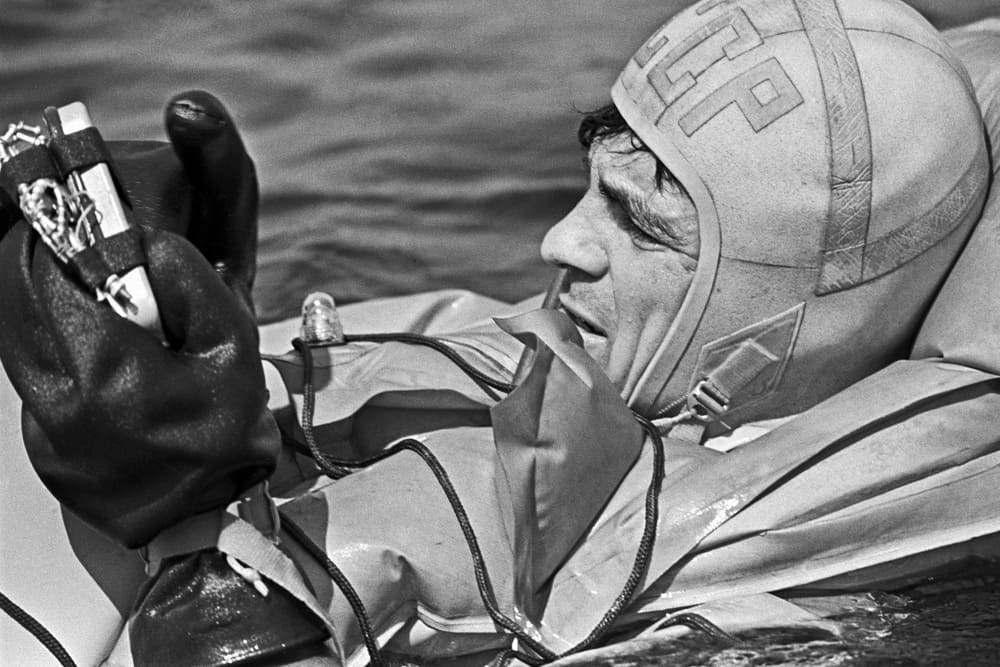
In October 1965, Vyacheslav Dmitrievich was enrolled in the squadron of cosmonauts by order of the Commander-in-Chief of the Air Force as a student cosmonaut. His space expedition commenced on October 14, 1976, as commander of the Soyuz-23 spacecraft, accompanied by Valery Rozhdestvensky. This two-day space flight was, without exaggeration, dramatic. The failure of the Igla radio telemetry rendezvous system resulted in the docking with the Salyut-5 orbital station not taking place.
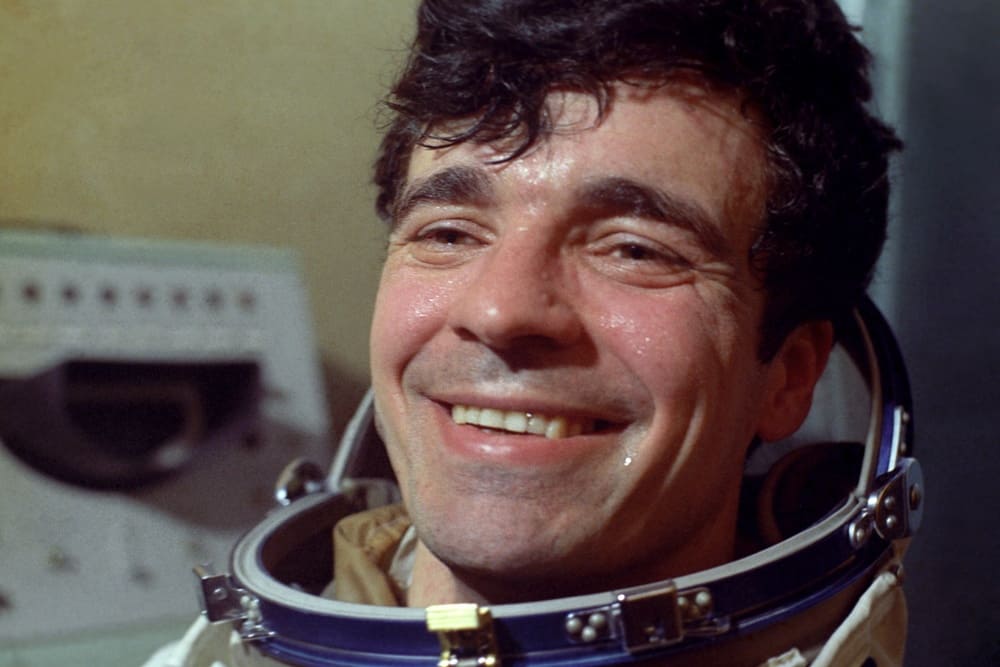
The landing of the crew was no less dangerous. It is recorded in the history of national cosmonautics as the first and only abnormal landing of a Soviet manned spacecraft on water (Lake Tengiz, October 16, 1976). The descent vehicle landed approximately two kilometers from the shore at approximately 20:00 hours. Due to technical problems, the main parachute did not fire, and the fabric was soaked with water. This resulted in the descent vehicle overturning, preventing the crew from leaving it. The rescue operation lasted several hours.
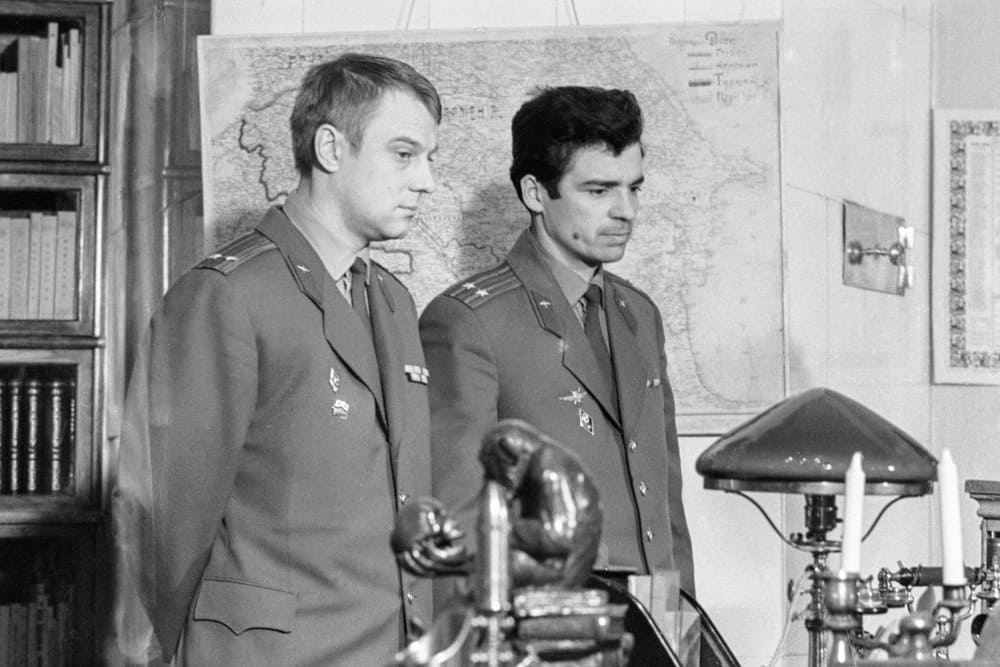
Vyacheslav Zudov was awarded the Medal “Gold Star” of the Hero of the Soviet Union and the Order of Lenin for his courage and heroism. He was also designated a Builder of Baikonur, a title bestowed upon individuals who have made significant contributions to the development of the cosmodrome. In 2011, he was awarded the Medal “For Merits in Space Exploration.”
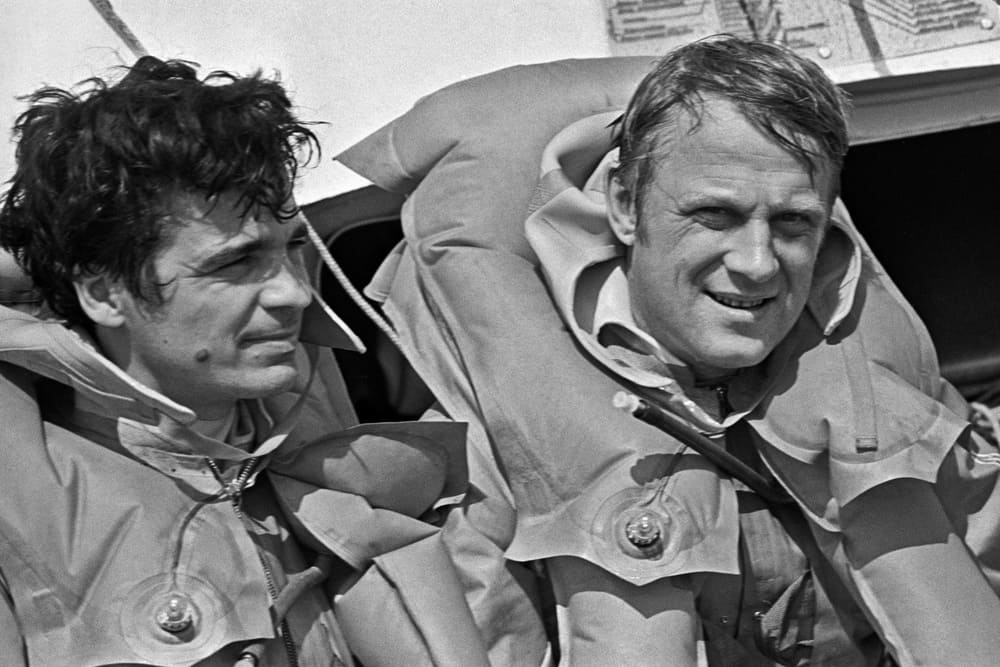
The manner in which cosmonaut Vyacheslav Zudov remained suspended upside down underwater for a period of 10 hours following his landing is worthy of note
The flight of Vyacheslav Zudov and Valery Rozhdestvensky took place in October 1976. It was the first for both of them. Zudov was the commander of Soyuz-23.
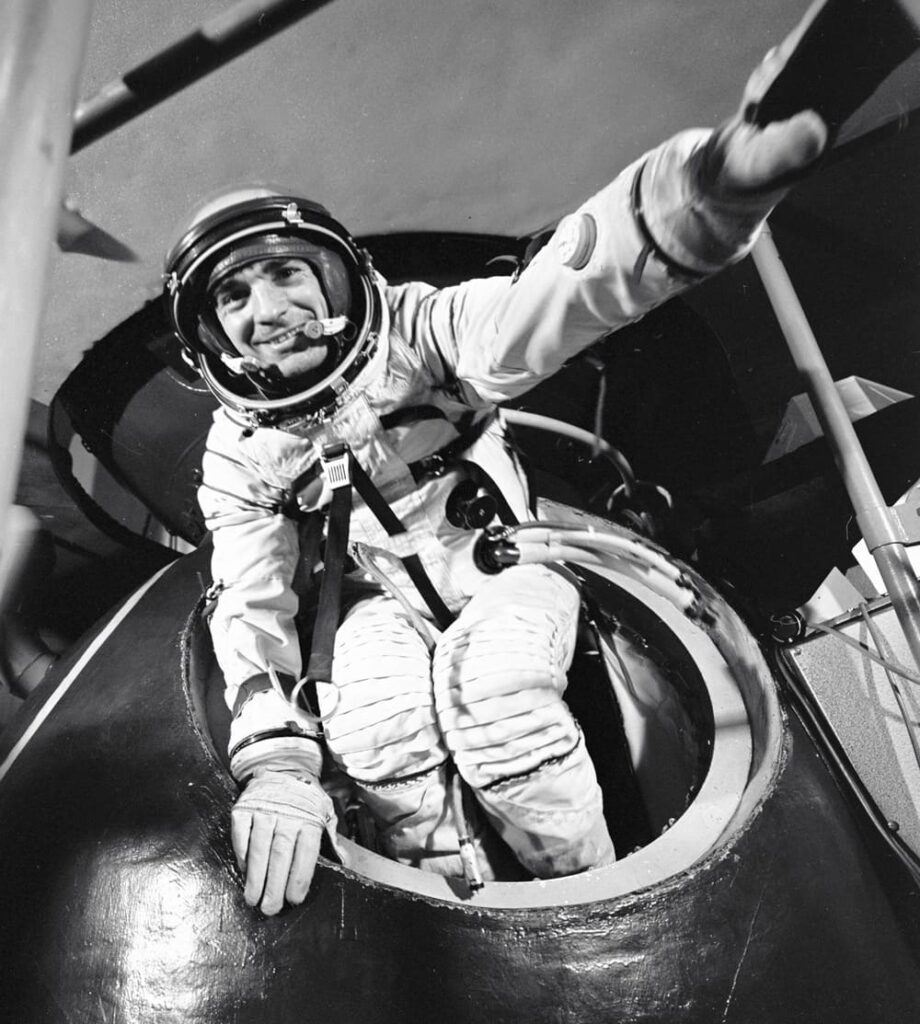
The program provided for work aboard the orbital station Salyut-5. However, due to an abnormal operation of the approach system the docking of the ship with the station could not be realized: the automatic docking system “Igla” failed. It was possible to dock manually from 1200 meters with the help of signal lights, but Soyuz-23 was more than two kilometers away. When it became clear that the working body of the engines for maneuvers was used up, it was decided to return the ship.
According to the calculations the landing should have taken place near the Kazakh city of Arkalyk. However, the descent vehicle overshot the estimated point by 120 kilometers and landed in Lake Tengiz a few kilometers from the shore.

As Vyacheslav Zudov later recalled, at first they did not even notice that they had landed, so they “softly” landed. And then the search plane reported that they were on Lake Tengiz.
It was the middle of the night. The temperature was minus 20 degrees Celsius. Due to technical problems, the main parachute did not deploy, the fabric was soaked with water and went to the bottom, turning the descent vehicle upside down. The exit hatch was under water, as were the ventilation holes.
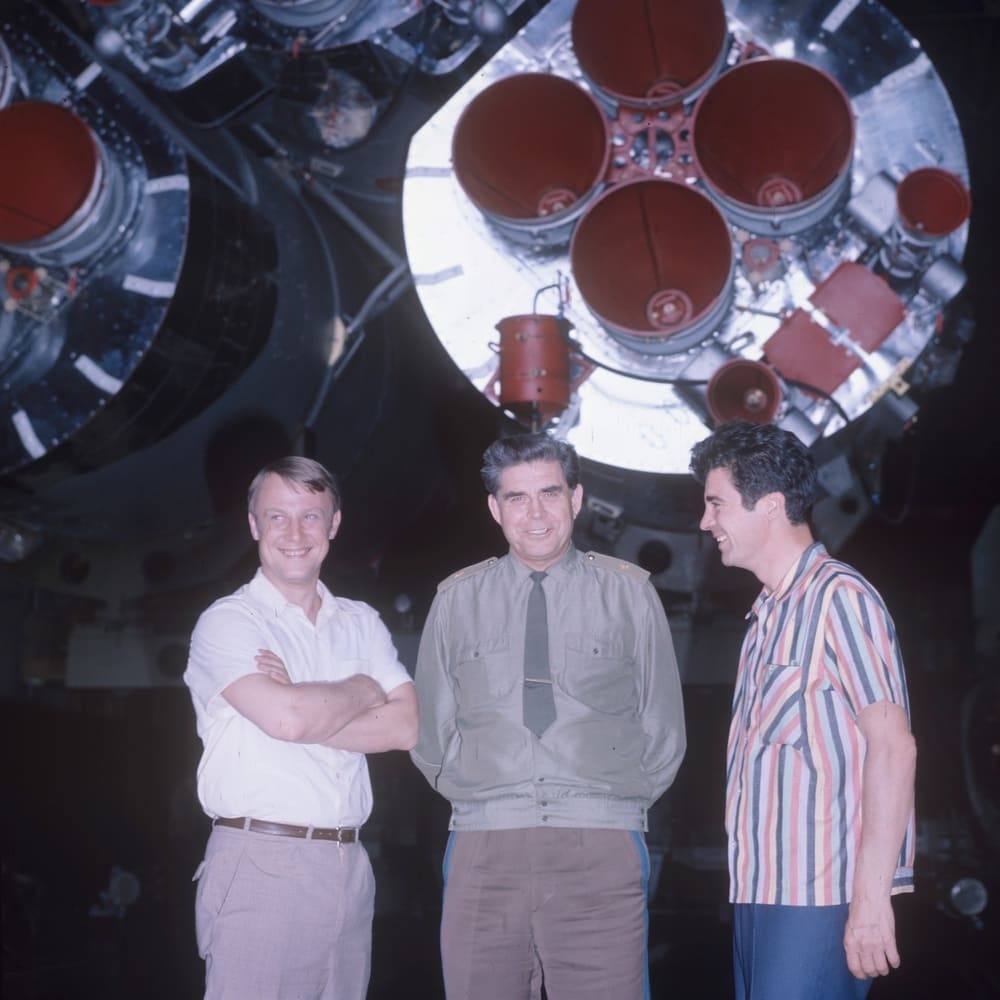
Vyacheslav Zudov reported that the crew put on neoprene suits. But it was impossible to leave the apparatus, because icy water would rush inside. A current that the cosmonauts would not be able to overcome and would drown….. After a few hours the air problems began. There were signs of oxygen deprivation.
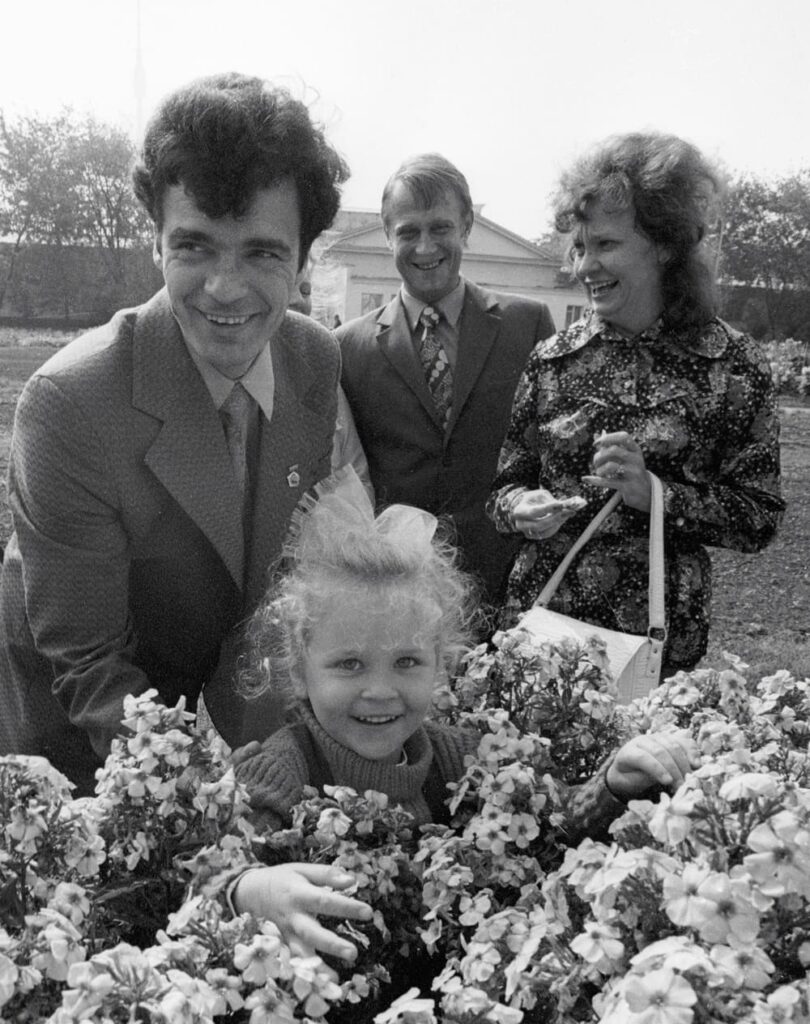
As experts later told us, Zudov and Rozhdestvensky were hanging by tethers. For ten hours.
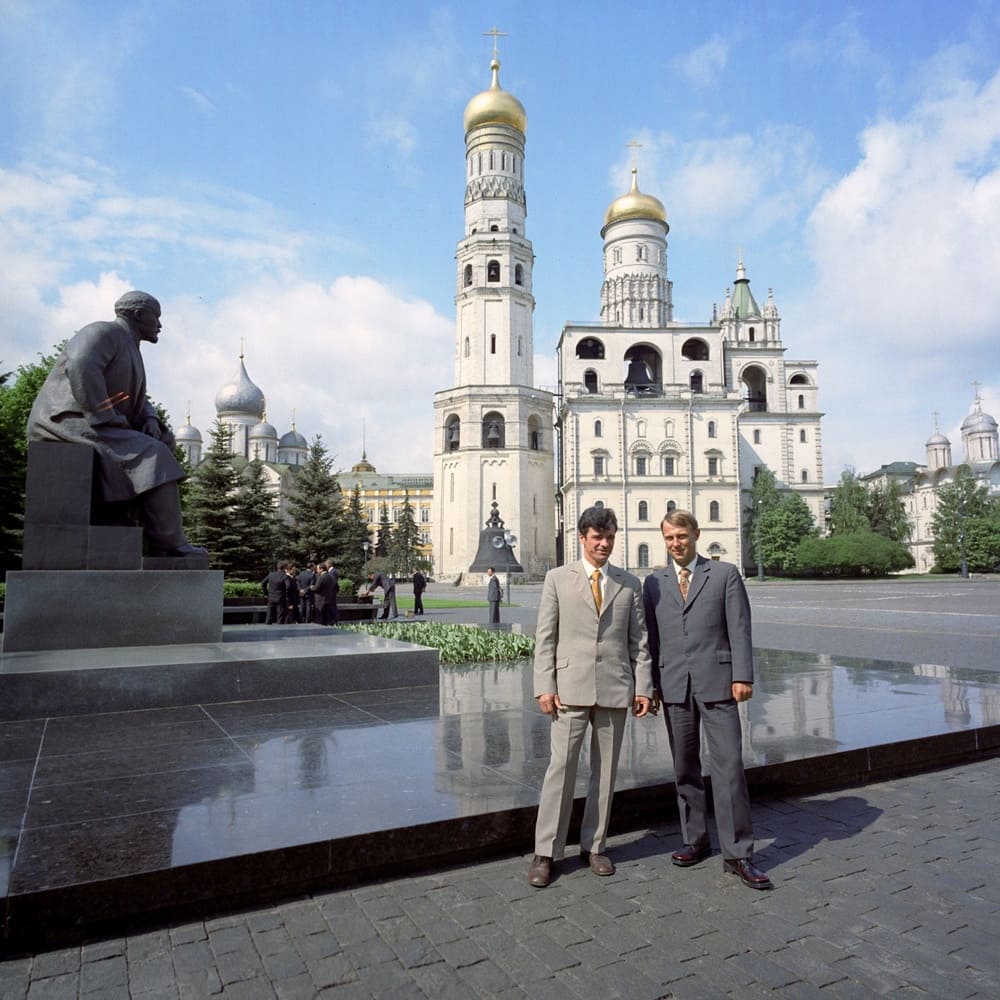
While the cosmonauts were being pulled out by the rescuers, they were forced to use only the air supply that was in the descent vehicle. Comments, it seems, are superfluous. The evacuation of the crew was also dramatic. Only helicopters were able to deliver the spacecraft with the crew.
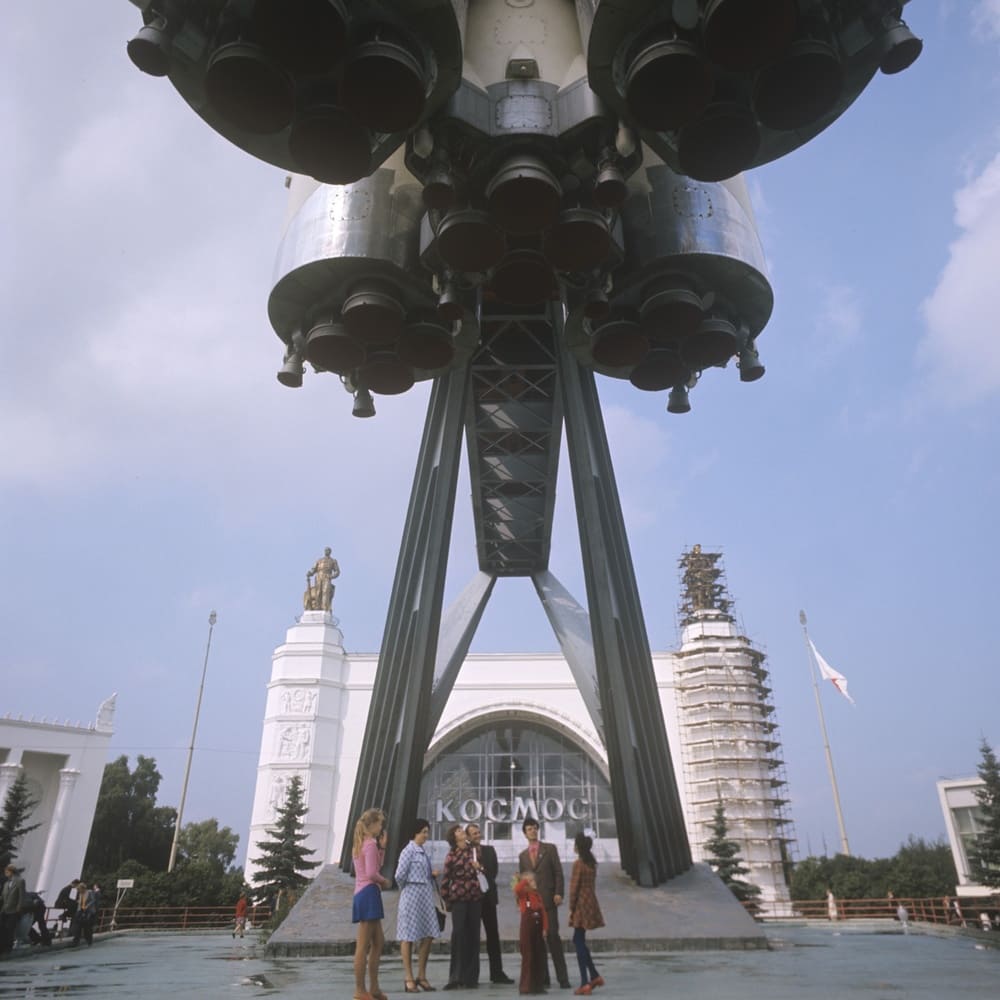
It should be said that this is the only case of re-entry of a descent vehicle in national cosmonautics.
For his courage and heroism Vyacheslav Zudov was awarded the Gold Star Medal of the Hero of the Soviet Union and the Order of Lenin. In 2011 he was awarded the medal “For Merits in Space Exploration”.
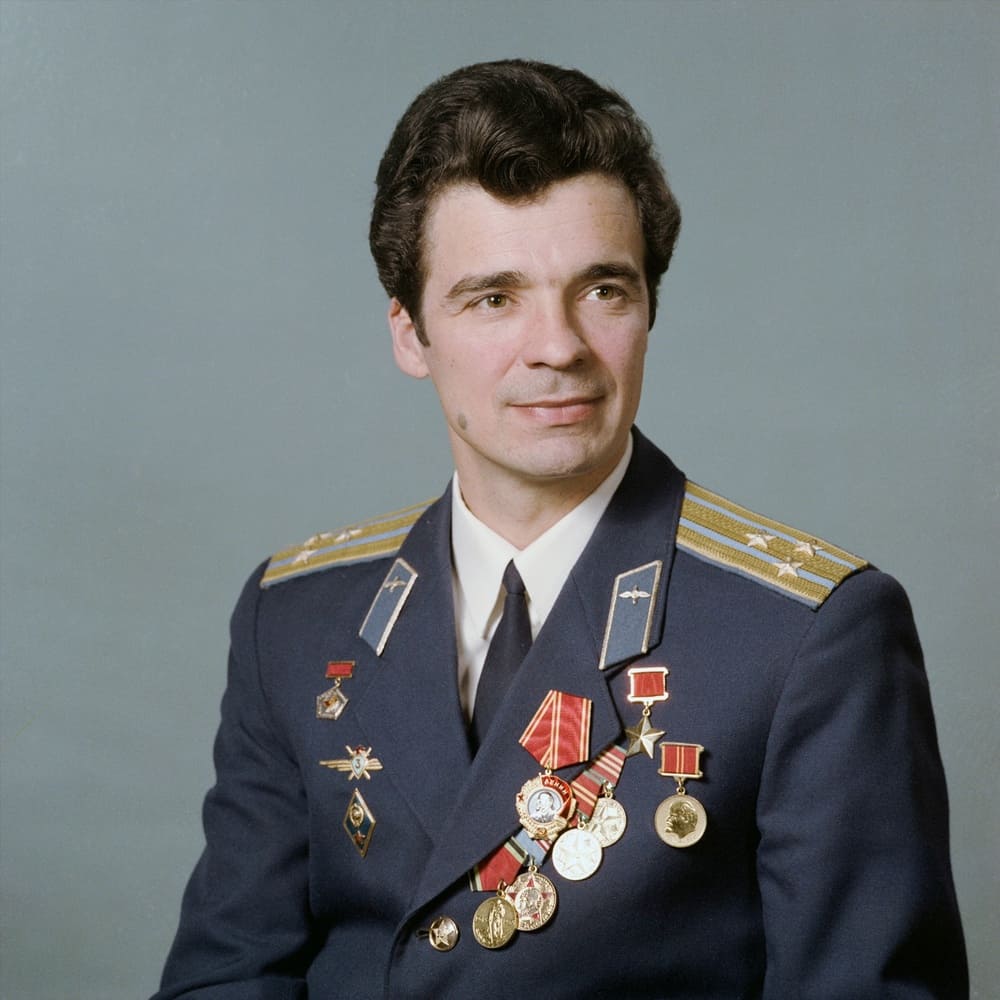
After the flight Vyacheslav Zudov continued to work at the Yuri Gagarin Cosmonaut Training Center, was a group commander of the cosmonaut squad. He was a member of the backup crews of Soyuz-35 and Soyuz T-4 spacecraft.


